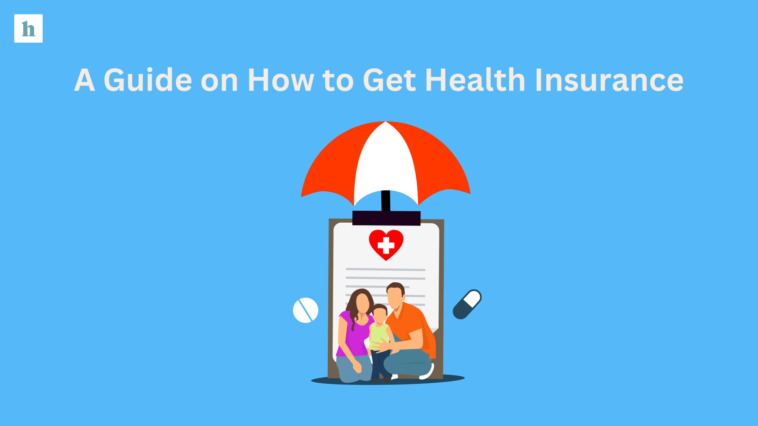When it comes to health care, having the right insurance can be as important as the medical care itself. It functions as a safety net that can shield you from crushing medical costs, ensuring that you receive the care you need without the financial stress. If you’ve ever found yourself confused about how to obtain health insurance, you’re not alone. In this article, we’ll simply known the process by breaking it down into manageable steps, so you make informed decisions about your health care coverage.
Understanding Health Insurance
Before you start the search for health insurance, it’s essential to understand what it is and the different types available.
What is Health Insurance?
Health insurance is a contract between an individual and an company that provides financial coverage for medical expenses. In exchange for regular premium payments, the insurer agrees to cover a percentage of your medical expenses, migrant from doctor visits to hospital stays.
Types of Health Insurance
There are several types of plans you can choose from:
- Employer-Sponsored Plans: Many people receive insurance through their employer, which often covers a significant portion of the premium.
- Individual Plans: If you’re self-employed or your employer doesn’t provide coverage, you can purchase your own plan through private insurers or the Insurance Marketplace.
- Government Programs: Options like Medicare (for seniors), Medicaid (for low-income individuals), and the Children’s Health Insurance Program (CHIP) offer affordable coverage.
Steps to Obtain Health Insurance
Now that you have a basic understanding of health insurance, let’s explore the steps you can take to find the right plan for your needs.
Step 1: Assess Your Healthcare Needs
Before diving into different options, think about what you need from a health insurance plan. Consider the following:
- Frequency of Doctor Visits: Do you have chronic conditions that require regular check-ups?
- Expected Procedures: Are there any surgeries or specialist visits anticipated in the near future?
- Family Health History: Understanding your family’s health background can help project future medical needs.
Step 2: Research Your Options
Once you know what you’re looking for, begin researching. Resources to explore include:
- Health Insurance Marketplace: Visit Healthcare.gov to see available plans in your area, compare costs, and check if you qualify for subsidies.
- Private Insurance Companies: Websites like eHealth or Policygenius allow you to compare individual plans.
- State Programs: Look for state-specific programs that may offer additional coverage options.
Step 3: Compare Plans
When comparing different insurance plans, focus on the following:
- Premiums: The amount you pay monthly. Lower premiums can mean higher out-of-pocket costs.
- Deductibles: The amount you pay before your insurance kicks in. Lower deductibles usually mean higher premiums.
- Network Coverage: Ensure your preferred doctors and hospitals are included in the plan’s network.
Step 4: Enroll in a Plan
After selecting a plan:
- Gather Necessary Information: Prepare personal and financial details like your social security number, income, and information about your current health coverage.
- Complete Enrollment: Follow the steps through your chosen platform, whether it’s the marketplace or a private insurer.
“It’s better to be proactive about your health insurance, rather than reactive during a medical crisis.”
Common Mistakes to Avoid
As you embark on this journey, avoid these common pitfalls:
- Ignoring the Fine Print: Pay attention to benefits, exclusions, and limitations.
- Focusing Solely on Premium Costs: A lower premium could lead to higher out-of-pocket costs; assess the total cost of care.
- Not Seeking Assistance: Don’t hesitate to ask for help from insurance brokers or navigators, especially during enrollment periods.
Conclusion
Navigating the world doesn’t have to be stressful. By understanding your healthcare needs and carefully researching your options, you can find a plan that fits your lifestyle and budget. Remember, health insurance is an investment in your well-being—take the time to choose wisely.
Takeaway Message
For additional resources and detailed guidance on health insurance options, check out the National Association of Insurance Commissioners or consult with a local insurance broker.



